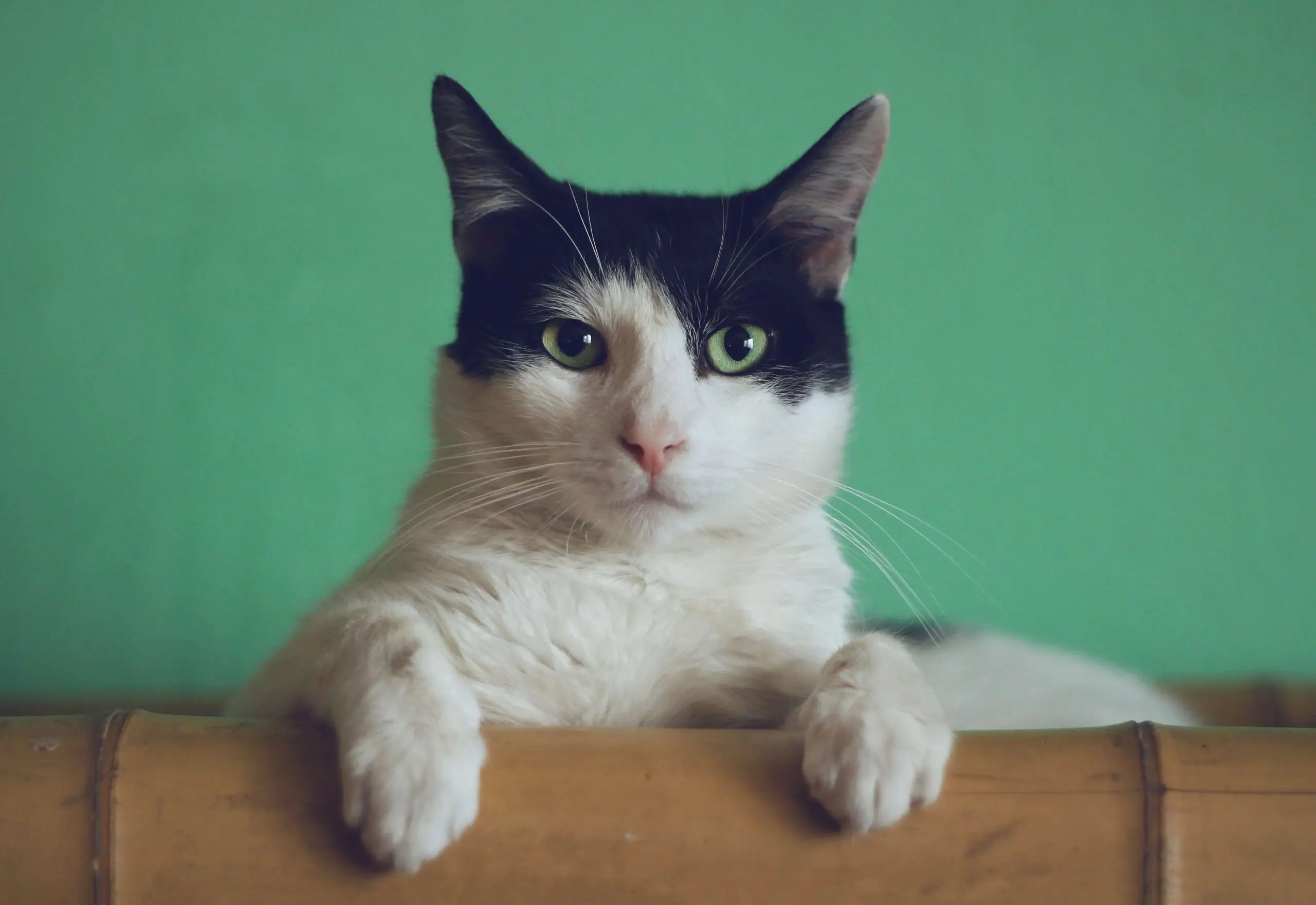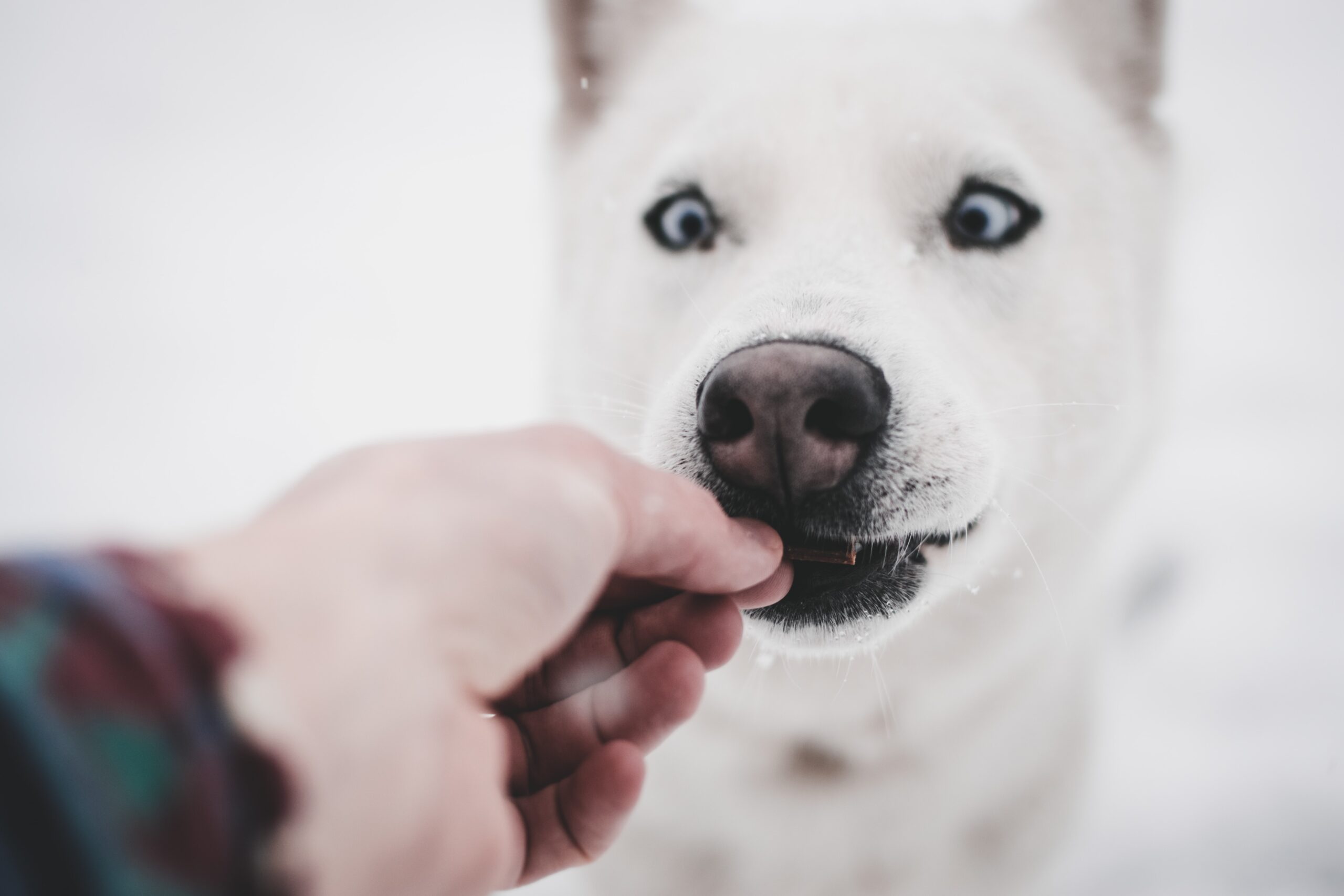Introducing a new pet to your home can be both exciting and overwhelming. The process of helping your new pet get settled requires patience, understanding, and a strategic approach to ensure they feel safe and comfortable in their new environment. From creating a welcoming space to establishing a routine, every step you take plays a crucial role in easing their transition. Research suggests that animals, much like humans, experience stress during major changes. By gradually introducing them to their new surroundings and maintaining a calm demeanor, you can significantly reduce their anxiety and facilitate a smoother adjustment. This introduction will guide you through essential tips and practices that have been proven effective in helping new pets acclimate to their homes, setting the foundation for a happy and healthy relationship with your new companion.
Are you going to be adopting a new pet soon? Bringing a new pet into your home can be quite thrilling! However, it is vital to recognize that major changes can be extremely stressful for our pets. Continue reading for some suggestions from a local Rancho Santa Fe, CA veterinarian on how to welcome your new animal buddy.
What Is the “3 3 3 Rule” for New Pets?
This is most commonly used in regard to dogs, but it also applies to other animals. Fido will take three days to adjust to his new surroundings, three weeks to settle in, and three months to truly feel at home.
What Do I Need Before Bringing My New Pet Home?
A trip to the pet store is certainly on the agenda. If feasible, you should go before bringing your pet home.
Here are some of the items you’ll need to get.
- Toys
- Bedding Crate or Carrier Dishes
- Grooming supplies
- First aid kit
- Paw care (dogs)
- Litterbox and Litter (Cats)
- Treats
- Food
Some of these options should be chosen with your pet’s age and size in mind. A Pomeranian treat will not be big enough for a Great Dane! This also holds true for litter boxes and litter in cats. You should never use clay or clumping litter on kittens. Baby cats are pretty clumsy, and they occasionally consume litter. These types can create intestinal obstructions, which are extremely harmful and perhaps fatal.
In terms of food, if you can figure out what your new friend has been eating, start with that brand. It is generally advisable to make adjustments gradually. Otherwise, your pet’s stomach may become upset.
What Is the First Thing I Should Do When Bringing My New Pet Home?
This will vary based on the type of animal you obtain. If you’re adopting a dog, take Fido for a walk around the neighborhood. This is useful for a number of reasons. He will be able to expend any nervous energy he has. It will also provide him with a chance to reset and process what has happened. In addition, he’ll be able to obtain a sense of his environment.
This would obviously not apply to a kitty! If you get a cat, transport Fluffy to her assigned location in her carrier. Do not pull or push her out; instead, open the door and let her explore when she is ready.
How Should I Prepare for a New Pet?
Petproofing should be the top priority here. Many everyday household products are hazardous to our four-legged friends. You’ll want to remove or secure anything that is unsafe.
Here are a few things to consider:
Small/Sharp Items: Anything small or sharp is unsafe. That includes beads, buttons, coins, craft kit parts, jewelry, safety pins, paper clips, and so on.
Toxic Plants: Lilies top the list for cats, while Sago palms are among the most harmful for dogs. For additional information, visit the ASPCA website here.
Plastic bags/ties: Store these out of paws’ reach!
Ropes and cords: These include drape cords, wires, thread, and yarn.
Medicine: both prescription and over-the-counter medicines are harmful.
Chemicals: Any chemical, whether a cleaning agent, an automobile product, or something else, is hazardous.
Lawn/Garden Products: This category contains fertilizer, fungicides, and herbicides. Pesticides are also quite harmful. Slug bait, for example, is a common source of poison in dogs.
Don’t neglect the outdoors! If you are getting a puppy, make sure your fencing and yard are in good condition. Ask your Rancho Bernardo, San Diego CA vet for advice on this.
How Do I Form a Bond With a New Pet?
Don’t expect this to happen immediately. Rescued pets often need time to feel comfortable. Don’t force it. Love cannot be formed without trust, and trust must be earned.
That being said, we do have some pointers.
Snacks: Food can go a long way in this situation. While we typically advise avoiding spoiling your pet, you can indulge your furry friend in the first few days. Just stick to safe selections and don’t go crazy.
Toys: Not only do fun toys assist pets relieve anxiety and zoomies, but they also help them develop a positive relationship with their new owners. Playtime is also beneficial.
Small Comforts: It’s easy to make your home comfortable and welcoming for Fluffy and Fido. Comfortable bedding and other small comforts are essential. Scratching posts, boxes, window seats, and, of course, cat towers are all popular among cats. (Tip: If you have a limited budget, consider upcycling a stepladder or storage cabinet.)
Conversation: Talking to your pet in a soft, friendly tone may help them become accustomed to you. The inflection of your voice is more important than what you say.
Stability: Consistent schedules make pets feel safer. Get your pet friend started on their new habit straight away. Consistency in home rules is also vital. If you don’t want Fido on the couch, don’t let him ‘get away’ with it the first night; he’ll be puzzled afterward.
Helping Your New Pet Get Settled in 2024
Should I immediately introduce my new pet to friends and family?
Introducing a new pet to friends and family immediately after adoption might overwhelm the animal. Pets, especially rescues, require time to adapt to their new environment and build trust with their primary caregivers. The ‘3 3 3 Rule’ suggests that it takes about three days for a pet to adjust to new surroundings, three weeks to settle in, and three months to feel completely at home. It’s advisable to allow your new pet to become comfortable and familiar with their immediate family members first before expanding their social circle. This gradual approach helps prevent stress and anxiety, facilitating a smoother transition.
How do I handle my dog’s stress signals during the adjustment period?
When a dog shows stress signals during the adjustment period, respond by providing a calm and predictable environment. Recognize signs like pacing, whining, or hiding, which indicate discomfort. Create a quiet space where your dog can retreat, such as a crate with comfortable bedding and a familiar item like a worn shirt. Offer soothing activities, like gentle petting or quiet play, to help reduce anxiety. Consistency in routine for feeding, walks, and rest can also stabilize their mood. If stress persists, consult a veterinarian to discuss further strategies or interventions.
What should the daily routine look like?
Establishing a consistent daily routine is crucial for a new pet’s adjustment and well-being. Start by setting specific times for feeding, walks, and sleep to help your pet settle into their new environment. Regular playtime is also important, not only for exercise but for bonding and mental stimulation. Schedule routine potty breaks, especially for younger pets, and integrate training sessions to encourage good behavior. Lastly, ensure quiet time each day to allow your pet to relax and feel secure in their new home. This structure helps pets thrive by providing stability and predictability.
How do I handle leaving my new pet alone?
Leaving a new pet alone requires careful preparation to ensure they feel secure and comfortable. Start with short periods of absence to help them adjust gradually. Provide a safe, confined space with comfortable bedding and access to water. Leave toys and treats to keep them occupied and reduce anxiety. Consistency in your departure routine can also help your pet learn when to expect your return. If possible, use calming products like pheromone diffusers to further ease their stress. Over time, your pet will learn that being alone is safe and temporary.
What activities should I avoid during the initial adjustment period?
During the initial adjustment period, avoid overwhelming your new pet with too many new experiences or loud, chaotic environments. This means postponing large gatherings, skipping visits to busy parks, and limiting the number of new people your pet meets. High-energy play with other animals should also be avoided until your pet feels more secure. Instead, focus on creating a quiet, calm atmosphere at home to help your pet acclimate at their own pace. Sudden changes or excessive stimulation can increase anxiety and hinder the bonding process.
Schedule an Appointment at Your Rancho Santa Fe, CA Animal Clinic
Of course, one of the first things you’ll want to do is contact your veterinarian and schedule an appointment at our Rancho Santa Fe, CA pet hospital. Fido and Fluffy may also require parasite treatment, immunizations, microchipping, and/or spay/neuter surgery. Remember to bring any existing records.





